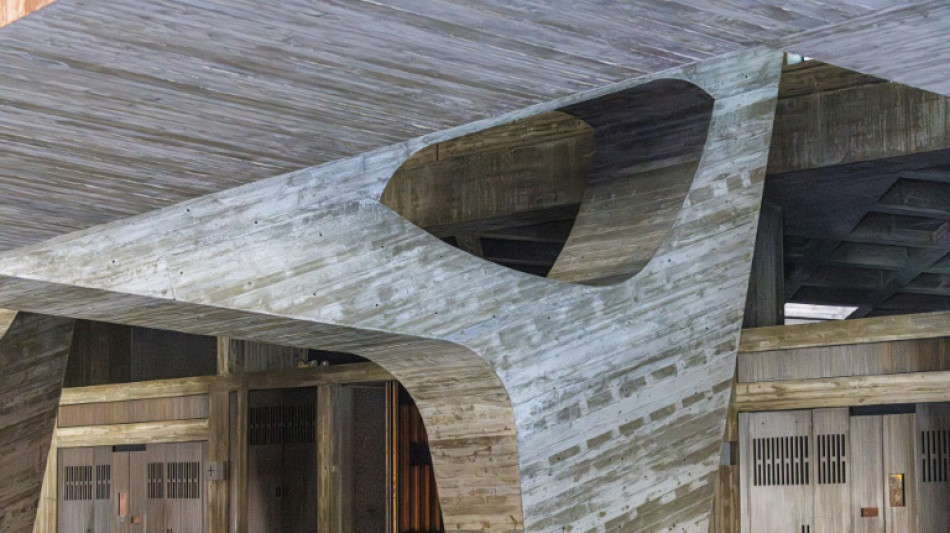
-
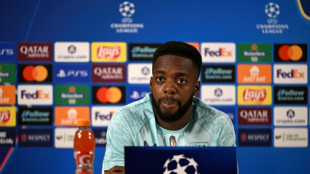 Athletic 'not afraid' of Arsenal on Champions League return: Inaki Williams
Athletic 'not afraid' of Arsenal on Champions League return: Inaki Williams
-
Hatton's family speak of 'immeasurable' loss after boxer's death
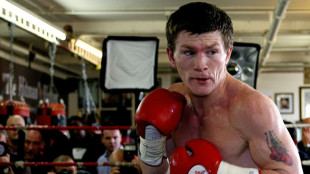
-
 Rubio promises 'unwavering support' for Israel in Gaza goals
Rubio promises 'unwavering support' for Israel in Gaza goals
-
Stocks diverge ahead of expected US rate cut

-
 Alfred out of world 200m with hamstring strain
Alfred out of world 200m with hamstring strain
-
Ex-British soldier goes on trial in landmark Bloody Sunday case
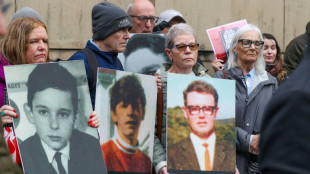
-
 Pro-Palestinian protestors invading Vuelta course 'unacceptable': organisers
Pro-Palestinian protestors invading Vuelta course 'unacceptable': organisers
-
Fruit fly tests in Greece target invasive species threat

-
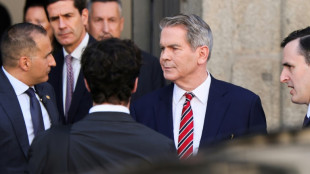 US 'very close' to TikTok deal with China: US Treasury chief
US 'very close' to TikTok deal with China: US Treasury chief
-
Paolini vows to 'fight until last ball' for BJK Cup glory

-
 'Multiple concussions' forces France lock Willemse to retire
'Multiple concussions' forces France lock Willemse to retire
-
Rubio talks Gaza with Netanyahu after Qatar strike

-
 Pakistan lodge protest as India tensions spill into cricket
Pakistan lodge protest as India tensions spill into cricket
-
German defence giant Rheinmetall to take over warship maker

-
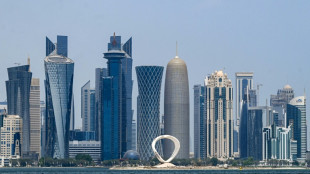 Arab, Muslim leaders hold emergency talks after Israel's Qatar attack
Arab, Muslim leaders hold emergency talks after Israel's Qatar attack
-
Markets mixed ahead of expected US rate cut

-
 Rubio takes up Qatar strike unease with Netanyahu
Rubio takes up Qatar strike unease with Netanyahu
-
US-China trade talks resume in Madrid
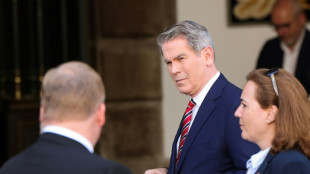
-
 Gaza aid flotilla carrying Greta Thunberg departs Tunisia
Gaza aid flotilla carrying Greta Thunberg departs Tunisia
-
New Nepal interim ministers sworn in after protests

-
 Cluster bombs kill, wound over 1,200 in Ukraine since 2022: monitor
Cluster bombs kill, wound over 1,200 in Ukraine since 2022: monitor
-
Australia, Papua New Guinea to sign 'historic' defence deal

-
 Myanmar junta says no voting in dozens of constituencies
Myanmar junta says no voting in dozens of constituencies
-
Rubio to discuss Qatar aftermath, Gaza with Netanyahu

-
 Chinese factory, consumer activity slow amid economy struggles
Chinese factory, consumer activity slow amid economy struggles
-
US cuts leave Zimbabwe sex workers scrambling for alternatives
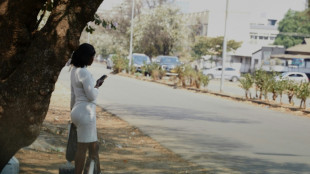
-
 Alonso's Real Madrid revitalised for new Champions League mission
Alonso's Real Madrid revitalised for new Champions League mission
-
Arsenal eye Champions League charge with revamped attack

-
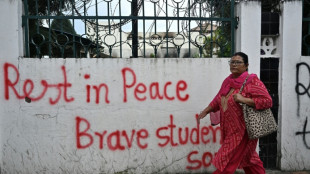 'No regrets': wounded Nepali protesters proud at change
'No regrets': wounded Nepali protesters proud at change
-
Key Emmys moments: Children, Colbert, women and politics

-
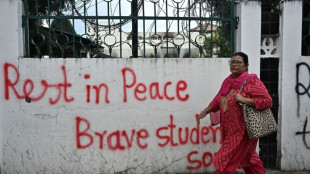 'No regrets': wounded Nepalis protesters proud at change
'No regrets': wounded Nepalis protesters proud at change
-
'Adolescence,' 'The Studio' dominate television's Emmy Awards

-
 WTO fishing deal: the net results
WTO fishing deal: the net results
-
Malaysia's largest island state aims to be region's 'green battery'

-
 Philippines president says corruption scandal protests justified
Philippines president says corruption scandal protests justified
-
Asian markets fluctuate ahead of expected US rate cut

-
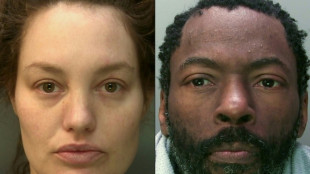 UK aristocrat, partner face jail over baby daughter's death
UK aristocrat, partner face jail over baby daughter's death
-
Japan and Fiji cruise into Pacific Nations Cup rugby final rematch

-
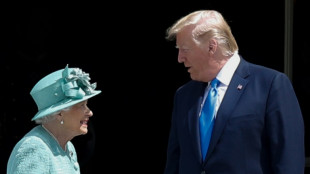 As King Charles hosts Trump, what do UK state visits entail?
As King Charles hosts Trump, what do UK state visits entail?
-
First-ever Tanzanian gold as Simbu dips past Petros in world marathon
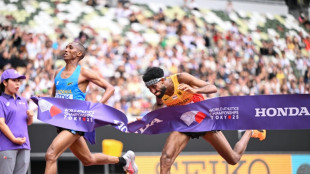
-
 100 days later, US federal workers navigate post-Musk wreckage
100 days later, US federal workers navigate post-Musk wreckage
-
Rising oceans to threaten 1.5 million Australians by 2050: report

-
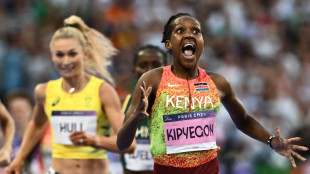 Kipyegon bids for fourth 1500m world gold, Wanyonyi in loaded 800m
Kipyegon bids for fourth 1500m world gold, Wanyonyi in loaded 800m
-
'The Studio,' 'Severance' and 'Adolescence' among Emmy winners

-
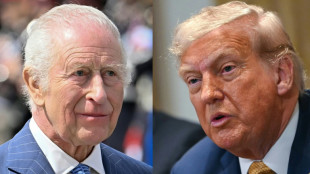 Trump and King Charles: heads of state with opposing personalities
Trump and King Charles: heads of state with opposing personalities
-
Scheffler surges to PGA Procore victory in Ryder Cup warm-up

-
 Bloody Sunday trial of British ex-soldier to open in Belfast
Bloody Sunday trial of British ex-soldier to open in Belfast
-
Trump heads for historic second UK state visit

-
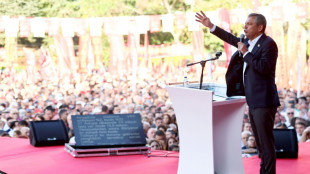 Turkey court tries case that could oust opposition leadership
Turkey court tries case that could oust opposition leadership
-
Simbu dips past Petros for world marathon gold
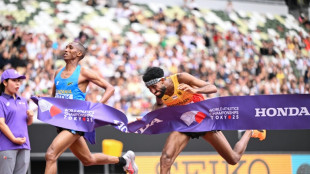

What is Brutalism? And why do architects hate 'The Brutalist'?
"The Brutalist," an epic drama loosely inspired by the life and work of architect Marcel Breuer, is one of the favorites for Sunday's Oscars.
But the film has drawn scorn from design experts, who accuse it of glaring errors, and question whether its main character is even a Brutalist architect.
Here are five things to know about the film, which is up for 10 Academy Awards including best picture:
- Who was Marcel Breuer? -
Director Brady Corbet has said his protagonist Laszlo Toth is an "amalgamation" of several famed architects, most notably Breuer.
Like the fictional Toth, Breuer was born in Hungary, honed his skills at inter-war Germany's influential Bauhaus school, and immigrated to America.
Both designed iconic chairs before turning their focus to grand buildings. Born Jewish, each was commissioned to construct giant Christian buildings in remote parts of the United States that become their masterpieces.
Corbet has said a book about Breuer's work on Saint John's Abbey, in rural Minnesota, was a key inspiration for the film.
Breuer is also known for designing parts of Paris's UNESCO headquarters, New York's Whitney Museum of American Art, and the Pirelli Tire Building in Connecticut.
- What is brutalism? -
Brutalism is a polarizing design style that emerged in the 1950s post-war reconstruction of Europe.
It is recognizable for its exposed, unembellished concrete, and giant, bold geometric forms.
The term is believed to come from "beton brut," French for raw concrete.
Surprisingly, almost no Brutalist architecture appears in "The Brutalist" -- until we glimpse Toth's completed masterpiece at the end of the three-and-a-half-hour film.
In a podcast episode entitled "Why The Brutalist is a Terrible Movie," design critic Alexandra Lange said the filmmakers "say they read all these books on Brutalism, but absolutely none of that is used to any dramatic purpose or really seems to have been absorbed."
Victoria Young, a professor at the University of St Thomas, told AFP that the building we see at the end is not even Brutalist, but early modernist.
"I'm like, 'You're kind of missing the whole timeline here," she said.
- What about the timeline? -
Experts have pointed out other ways in which the film distorts history.
In the film, Toth is a Holocaust survivor who struggles for work and queues for free bread on arrival in post-war America, before his talents are eventually spotted by a wealthy benefactor.
In reality, Bauhaus alumni like Breuer and Walter Gropius crossed the Atlantic in the 1930s, before the war. They arrived as globally famous professionals, welcomed into prestigious posts at places like Harvard University.
Modernist architecture was deeply established and fashionable in the United States long before the film's setting.
"As an architectural historian, my head is still spinning apart from watching that movie," said Young.
Toth is presented as a devoutly religious heroin addict. Breuer was sober and secular.
- Any other controversies? -
"The Brutalist" editor David Jancso said artificial intelligence was used to make renderings of Toth's buildings and blueprints. (AI, which is both increasingly used and loathed by many in Hollywood, also sharpened up the actors' Hungarian accents.)
Corbet swiftly clarified the blueprint designs were hand-drawn.
But he said the technology was used to create "intentionally... poor digital renderings circa 1980" for the movie's epilogue.
- Will it matter? -
"The Brutalist" is a frontrunner for best picture.
And the criticisms of it pale in comparison to the storm surrounding "Emilia Perez," over its star's offensive social media posts.
Robert McCarter, architect and author of monograph "Breuer," said the film's occasional historical distortion "doesn't bother me."
"They're just using his biography conveniently... I think it's fine," he told AFP.
What of the monks who pray each day in Saint John's Abbey, the movie's supposed inspiration?
Alan Reed admitted the supposed Brutalism of the film's title reminds him of "Russian modern buildings... that look like gun parapets" or "a bunch of boxes piled up," rather than his extraordinary church.
Still, he said, his fellow monks are "quite excited" by the extra attention their home is receiving.
E.Gasser--VB
